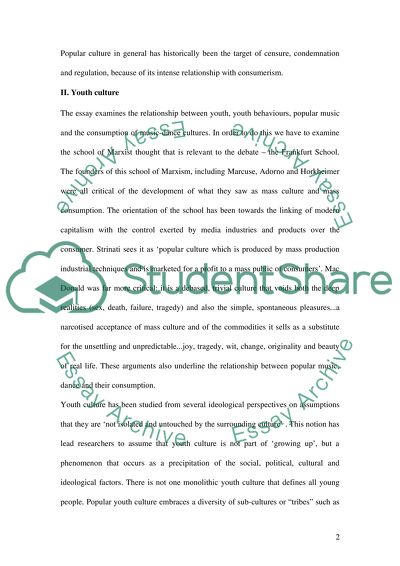Cite this document
(“Popular Culture Essay Example | Topics and Well Written Essays - 3250 words”, n.d.)
Popular Culture Essay Example | Topics and Well Written Essays - 3250 words. Retrieved from https://studentshare.org/miscellaneous/1500942-popular-culture
Popular Culture Essay Example | Topics and Well Written Essays - 3250 words. Retrieved from https://studentshare.org/miscellaneous/1500942-popular-culture
(Popular Culture Essay Example | Topics and Well Written Essays - 3250 Words)
Popular Culture Essay Example | Topics and Well Written Essays - 3250 Words. https://studentshare.org/miscellaneous/1500942-popular-culture.
Popular Culture Essay Example | Topics and Well Written Essays - 3250 Words. https://studentshare.org/miscellaneous/1500942-popular-culture.
“Popular Culture Essay Example | Topics and Well Written Essays - 3250 Words”, n.d. https://studentshare.org/miscellaneous/1500942-popular-culture.


